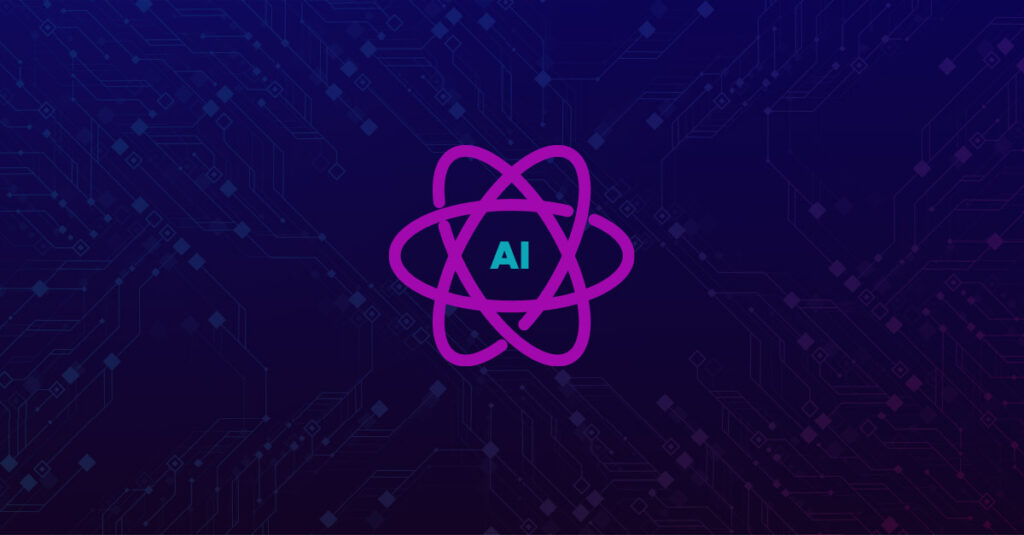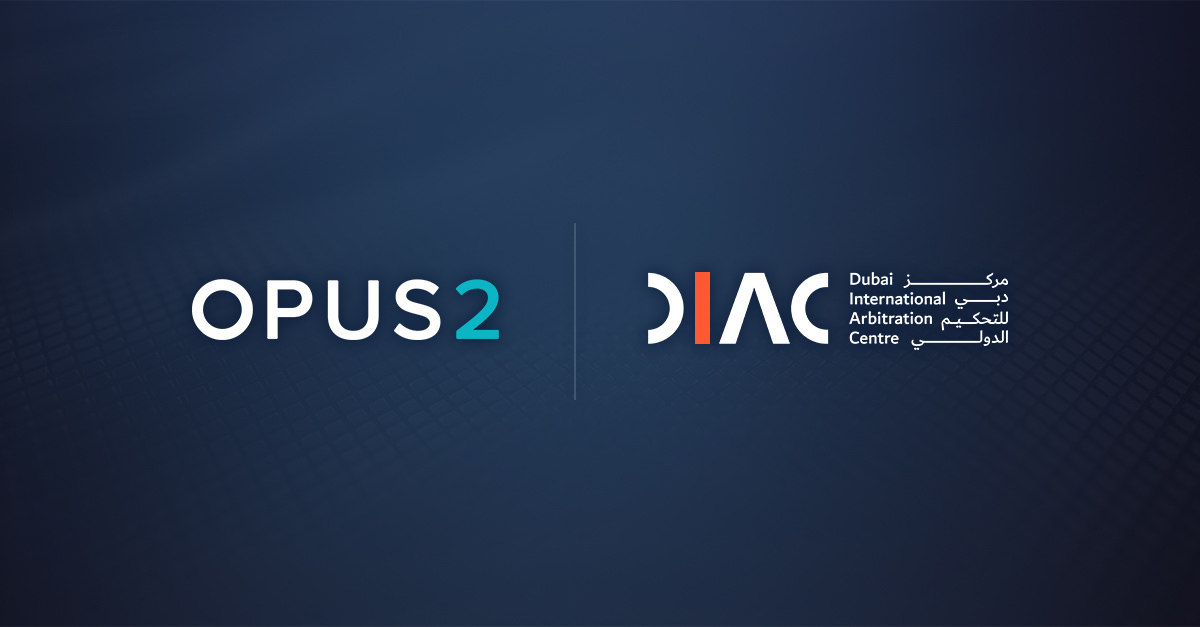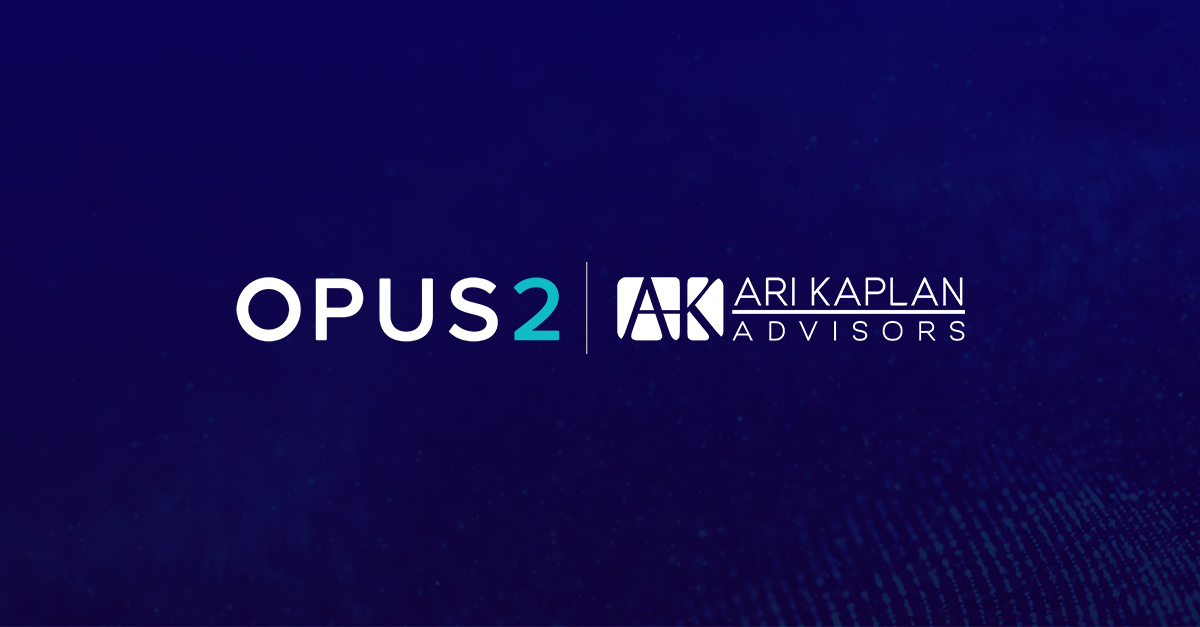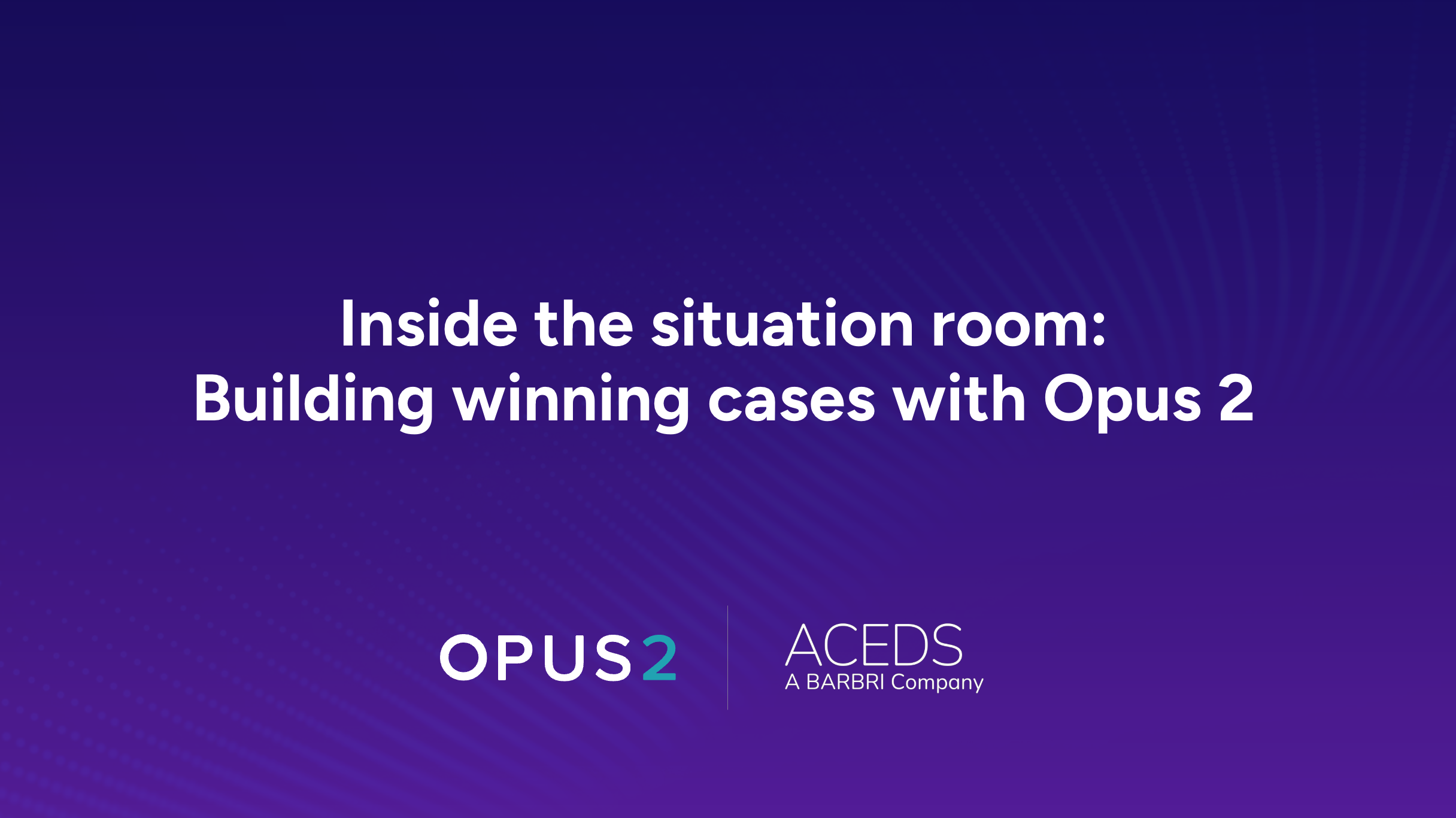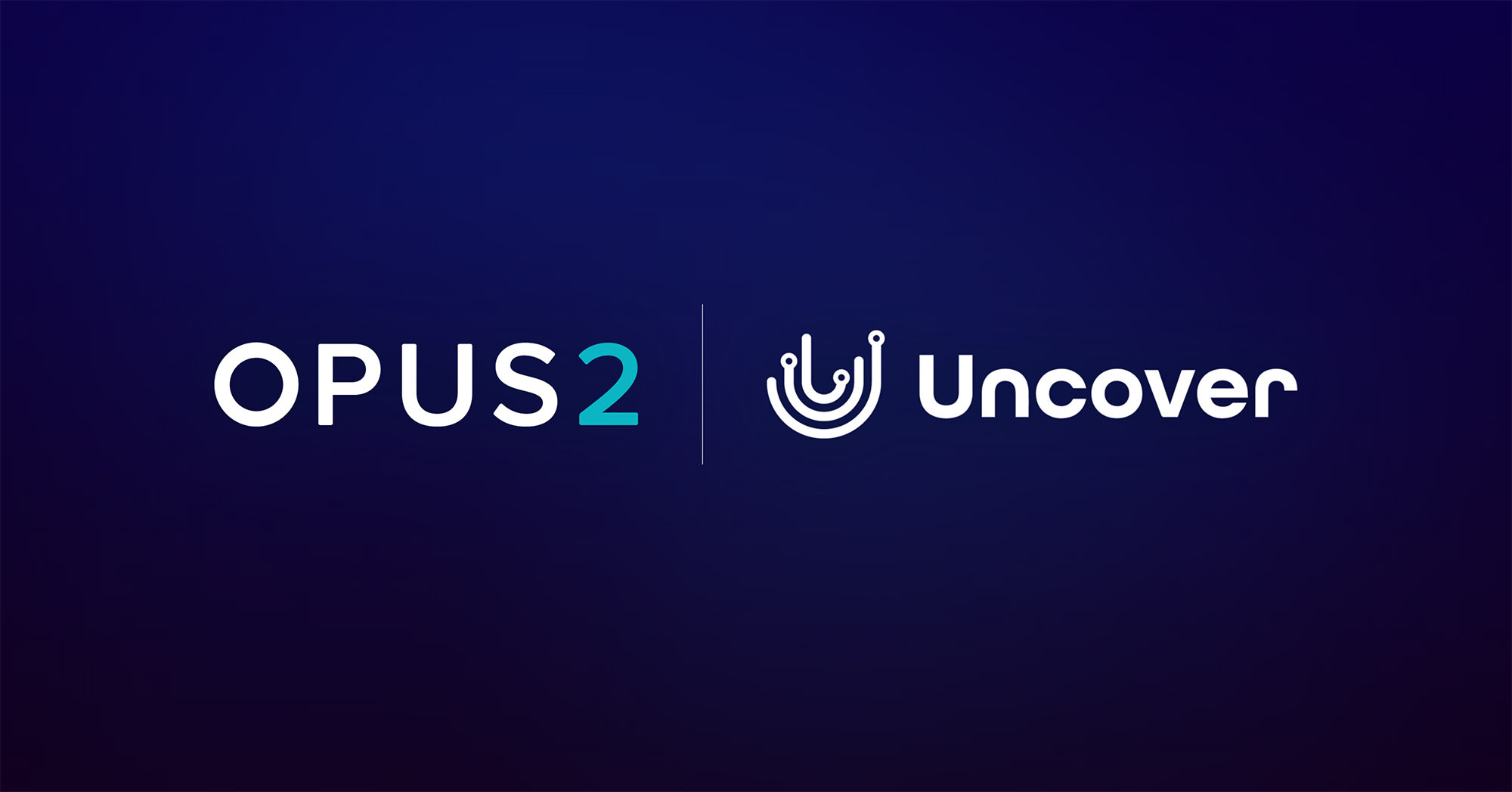Legal professionals today have ever increasing choices when it comes to artificial intelligence (AI) solutions, with it feeling like a new product enters the market on an almost daily basis. The momentum around generative AI (GenAI) is undeniable and, for many, so is the pressure to adopt it. In a continually expanding landscape of AI solutions, it’s important for law firms to navigate an abundance of options, invest in those too which align with their strategic objectives, and ensure user adoption. This is critical if firms are to maximise value from their AI investments.
So, where do you start? Which tools are worth your investment? What approach aligns best with your firm’s strategy, client needs, and workflows? And how do you assess vendors who all promise transformative results?
In a recent Lexology webinar, AI everywhere: Questions and considerations to cut through the crowd, I had the opportunity to speak with experts who are actively addressing these questions and making these decisions inside their firms. The experts came together to offer insights, advice, and best practices for litigation teams evaluating AI solutions. I was honoured to moderate the panel featuring Laura Ewing-Pearle, Manager, eDiscovery at Baker Botts, Joan Washburn, Director of Legal Support Solutions at Holland & Knight, and Mark Woods, Solutions Consultant at Opus 2.
Watch the webinar on-demand to hear the full conversation.
In this blog, we will explore how legal teams can get started on their AI deployment journey and how they can make confident, informed decisions when looking for the most effective legal AI tools for lawyers.
Define your strategy: Clarity before capability
AI tools shouldn’t be adopted simply because they are available or trending. The most successful long-term deployments begin with a clear understanding of the goal you are trying to achieve or the need you are trying to meet.
Start by identifying your firm’s or department’s goals. Are you trying to reduce administrative burden? Speed up fact development? Improve consistency across case files? Assessing and aligning your AI investments with these objectives provides a framework for evaluating tools based on the value they deliver.
Many firms, including Baker Botts and Holland & Knight, have established innovation committees to help provide structure for fielding technology requests, stay ahead of trends, and identify the needs within their firms. These committees bring together stakeholders from across the firm including members from individual legal teams, IT, knowledge management, information security, and procurement.
At Holland & Knight and Baker Botts, this group helps ensure that investments align with the firm’s growth goals, centralise requests for new tools, and vet any new solutions. They also serve as a mechanism to gather feedback from different departments about what’s working, what isn’t, and where there are unmet needs.
“There are so many tools being introduced right now. So, we rely on different practice groups coming to us to say, ‘Hey, here’s something we think could benefit us’, said Ewing-Pearle. “Then we go through that entire vetting process, bringing it to the steering committee, discussing pros and cons.”
This approach also helps prevent siloed decision-making and ensures alignment across practice groups. It also makes it easier to compare tools, evaluate vendors, and ensure investments stay aligned to requirements and measures of success.
The absence of a firm-wide strategy, cross functional collaboration, or clear processes for assessment can lead to deployment delays, lack of user adoption, and unnecessary costs from investments in tools with overlapping functionality. An AI roadmap doesn’t need to be exhaustive from day one, but it should be focused, intentional, and grounded in real use cases.
Three main approaches to legal AI
When investing in a new AI solution, our experience is that firms typically adopt AI in one of the following three ways. There will be others but this is what we hear through our conversations with law firms. Each approach has distinct advantages depending on your needs:
1. General AI tools
Consumer-grade AI tools like ChatGPT, Gemini, and CoPilot include free options and can be used immediately, which can make them appealing. However, they do come significant limitations and risks, especially for legal professionals. Lack of controls around data use and transfer, can create confidentiality, security and other risks. While some firms may allow teams to use these general AI tools for lower-risk everyday tasks like email summarisation or drafting non-confidential correspondence, some firms explicitly prohibit their use.
2. Legal-specific standalone solutions
Legal-specific standalone GenAI tools are purpose-built for legal work and can offer powerful capabilities for tasks like legal research or contract analysis. They can also support broad applications across the firm. However, they may require new processes, extensive integrations with existing systems, and longer onboarding timelines before value is realised. Therefore, the overall investment, both financial and operational, can be significant.
3. AI integrated into existing platforms
This approach adds generative AI to solutions your teams already know. For example, GenAI within platforms for eDiscovery and legal case management, preparation and strategy. While this approach works well for dedicated legal workflows requiring tailored capabilities and adherence to legal standards, it may offer less flexibility for broader or cross-functional tasks. However, because the AI is embedded and tailored for specific legal workflows, adoption is often faster and less disruptive. These tools typically deliver quick value to time-consuming, administrative processes like case chronology building, transcript management, or cross-referencing facts and events without requiring legal teams to switch between systems.
Mix and match your AI approach
There is no one-size-fits-all generative AI solution for law firms. As GenAI continues to gain adoption, many firms will use a combination approach.
Indeed, Baker Botts uses all three approaches depending on its required use case and goals. “We have Copilot, so we can get assistance writing emails or drafting a one sheet, those sorts of things that aren’t necessarily in the legal sphere,” says Ewing-Pearle. “We use Harvey for more legal specific tasks, but even Harvey can’t do everything … You’re not going to put a hundred thousand documents into Harvey … So, I really appreciate that so many tools are platform specific, that they’re integrating AI in ways that are useful for a particular use case.”
Considerations when selecting the best AI tool for lawyers
As noted above, the legal AI tools vary widely, not just in features, expertise, and ease of use, but also in how they are implemented, supported, and priced. It’s important to assess GenAI in context of your firm’s broader needs and goals. Here are some key factors to consider:
1. Use cases that drive real value
Rather than investing in a tool on the assumption that it will do everything, identify how it will be used to solve your most pressing needs. It’s always a good idea to start with the processes users have already highlighted, whether they require improvement or represent new opportunities to add value. Which processes are causing bottle-necks or delays, or frustrations for your teams? Even if not an immediate problem now, which processes or workflows could benefit from increased speed, accuracy or efficiencies or other improvements in the mid/long term? Identify the specific pain points in those workflows and evaluate tools based on their ability to solve your challenges. Some common, high-impact use cases include:
- Reviewing hot documents to create a fact chronology
- Finding all the facts and events related to a specific witness or entity
- Summarising witness statements, deposition transcripts, or contracts
- Automating document issue classification and coding
Prioritise tools that can deliver clear, measurable improvements in identified workflows. As users grow more comfortable with the technology, you can explore expanding use to additional scenarios.
2. Support and speed to value
Even the best AI tools for lawyers can fall short without responsive client service, reliable support, and regular updates. Consider what kind of onboarding, training, and implementation help the vendor provides, as well as ongoing support. You should also ask about their product roadmap to understand how they plan to keep the product evolving.
Look for providers that prioritise client-led platform development, practical guidance, and change management resources. The faster and more easily your team can get hands-on with the AI and start using it for real work, the more likely it is to gain traction, deliver meaningful benefits, and provide real value. This is particularly important if you are facing an imminent case deadline.
3. Real-world workflow impact
While standalone tools can offer broader applications, they can sometimes disrupt established workflows. For example, a separate GenAI tool, isolated from where users already work, may require users to export case documents, process them separately, and then manually re-incorporate the AI-generated outputs into existing work.
Some tools may require extensive prompt engineering to produce expected results. The team at Holland & Knight reports that when working with GenAI, the ideal output often requires a long series of prompts, sometimes as many as 20. As Washburn explains, “You can write a prompt, and you can get a result … Whether that result is right or not is the question. You need to validate, and we need to retrain people in both prompt writing, but also validation of the prompts.”
In contrast, AI features built into tools your teams already use may be significantly easier to adopt. These solutions often have pre-built prompts tailored to the task at hand. This allows legal professionals to access insights quickly and incorporate outputs into work product, without switching systems or learning new interfaces. This is why walking through real scenarios is such an important part of finding the best AI tool for legal teams.
4. Total cost of ownership
The true cost of an any technology, including GenAI tools, includes more than just the software fees. For any legal AI solution, you must consider the cost of implementation, training, customisations or API development (for standalone solutions), data storage, and ongoing support.
Integrated AI tools often offer a lower total cost of ownership. They may not require new infrastructure, complicated set-up, or significant training and the learning curve is usually shorter. As Washburn put it, “When AI is integrated into a platform that people are already familiar with, they don’t have to learn a new UI … and if you don’t have to completely retrain them, all the better.”
When assessing cost, look at both the short-term investment and the long-term operational costs and resources involved. Choosing the right tool means balancing value, ease of use, and long-term fit, not just evaluating features in isolation.
Key questions to ask when buying AI for legal
Choosing which generative AI solutions to deploy in your firm starts with asking the right questions. This should start with questions you ask yourself, for example, what are we trying to achieve, what are problems we are trying to solve, does this tool align with our strategy?
Then there are questions you should ask the vendor. Making an informed decision requires both curiosity and caution. When evaluating a legal AI vendor, we suggest asking the below questions at the outset. These questions can help ensure the vendor has a thoughtful approach, offers transparency, and understands the unique needs of the legal industry.
Philosophy and approach
- What principles guide your use of AI across your product? This question invites transparency around responsible AI practices, especially regarding fairness, accuracy, explainability, and human oversight.
- What was the rationale behind integrating AI into your product? This helps you understand whether AI was added thoughtfully to solve real challenges or added for marketing appeal.
- How do you ensure your AI evolves in step with changes in legal practice or regulation? AI vendors should have processes in place to refine their AI capabilities over time, particularly as client needs evolve and compliance standards change.
Security and compliance
- What is your data retention policy for client data processed by your AI tool?
Having a zero-day retention policy is a deal-breaker for many law firms. Washburn stated it simply saying, “We don’t work with vendors that don’t have that zero-day policy.” Other firms may take a different approach, favouring data retention in return for improved or tailored performance. - What access controls are available to prevent unauthorised access to client data? Firms must be able to customise user permissions to ensure that data is only available to those who need it.
- What certifications and compliance standards does your platform meet? While this question is often covered in your firm’s standard security assessment, it can help determine if the vendor understands and meets common standards like ISO 27001, GDPR, CCPA, and others.
Functionality and fit
- What specific legal workflows does your AI support today?
Ask the vendor to name concrete tasks (e.g., summarising documents, generating case chronologies, suggesting lines of enquiry) rather than general capabilities. - How does the AI support human review and validation? One of the biggest concerns raised about AI for lawyers is the risk of inaccuracies. To build trust, AI results should include citations and links to underlying evidence so that users can quickly validate and contextualise results.
- What types of roles or users typically get the most value from this tool?
This helps you understand how the tool will be used across your team—whether by attorneys, paralegals, litigation support, or knowledge teams.
Maximising impact and ROI
No matter how powerful a legal AI tool may be, it won’t deliver value unless people use it. Measuring the adoption and overall impact are essential.
Driving strong adoption
Involving a wide range of stakeholders early in the process can help boost adoption. Establishing a steering committee including IT, procurement, information security, and legal ops can align priorities and surface concerns before they become blockers.
Ease and speed of use
When AI is embedded in platforms teams already use, the learning curve is lower, and the value can be more immediate. This also reduces the burden on internal training and support resources.
Measure what matters
Track how the quality, speed, or approach to drafting and other core tasks changes over time and benchmark improvements where you can. While ROI can be hard to quantify in hours saved, particularly at the outset, direct feedback from users can be just as informative. Gather feedback on user experience. Tracking how work gets done, alongside simple benchmarks and metrics, can give a more complete view of value.
Conclusion: Thoughtful evaluation leads to better outcomes
With so many generative AI legal tools on the market, the number of choices and where to start can feel overwhelming. Ground your approach in firm strategy, focusing on practical use cases, and asking targeted questions.
The goal is to choose solutions that aligned to your needs and how your team works, enabling them to work more effectively and ensure long term value.
Want to see how GenAI works within case management and preparation software? Explore how Opus 2 integrates generative AI for litigation workflows to accelerate insight, streamline processes, and help your team stay focused on strategy.

